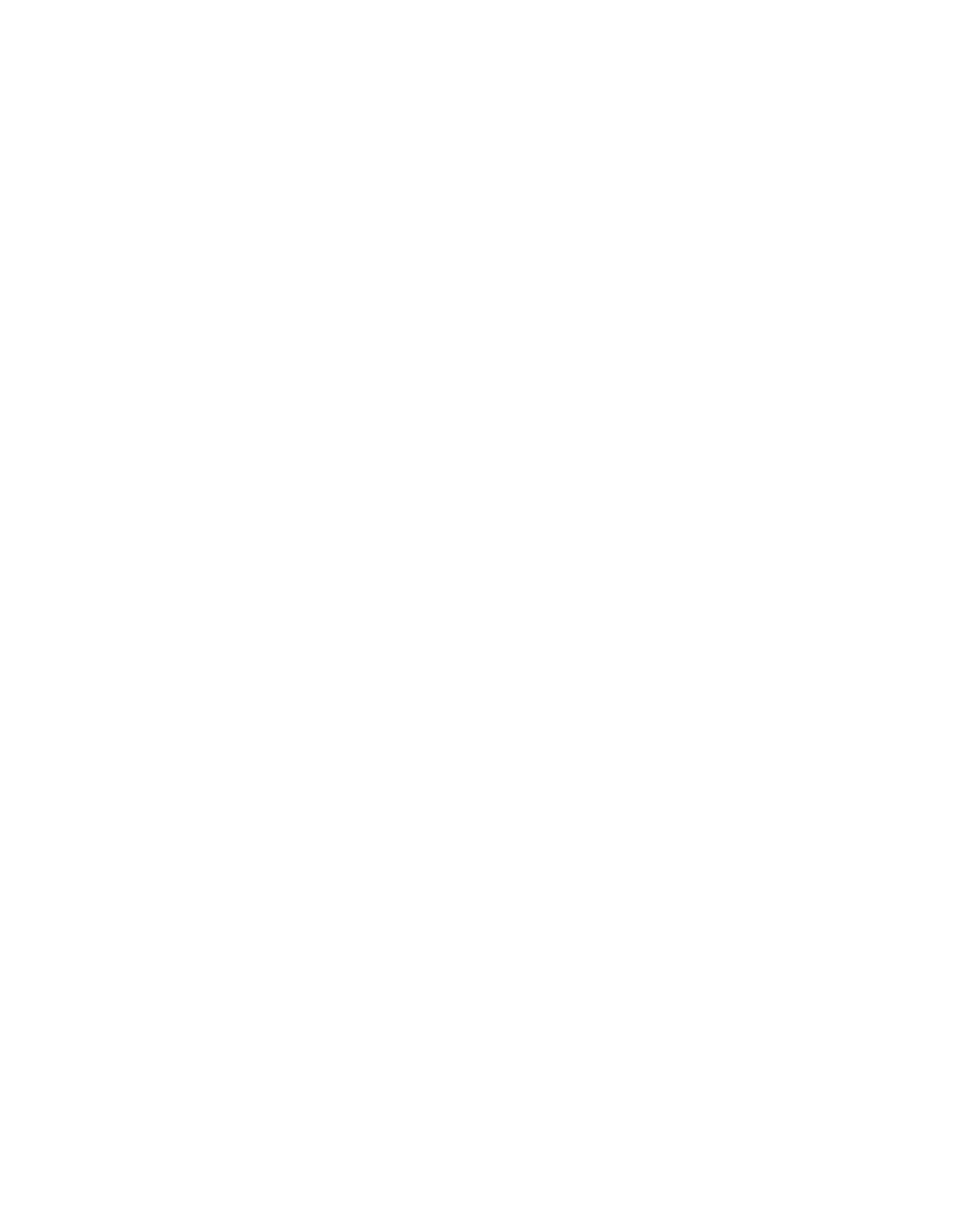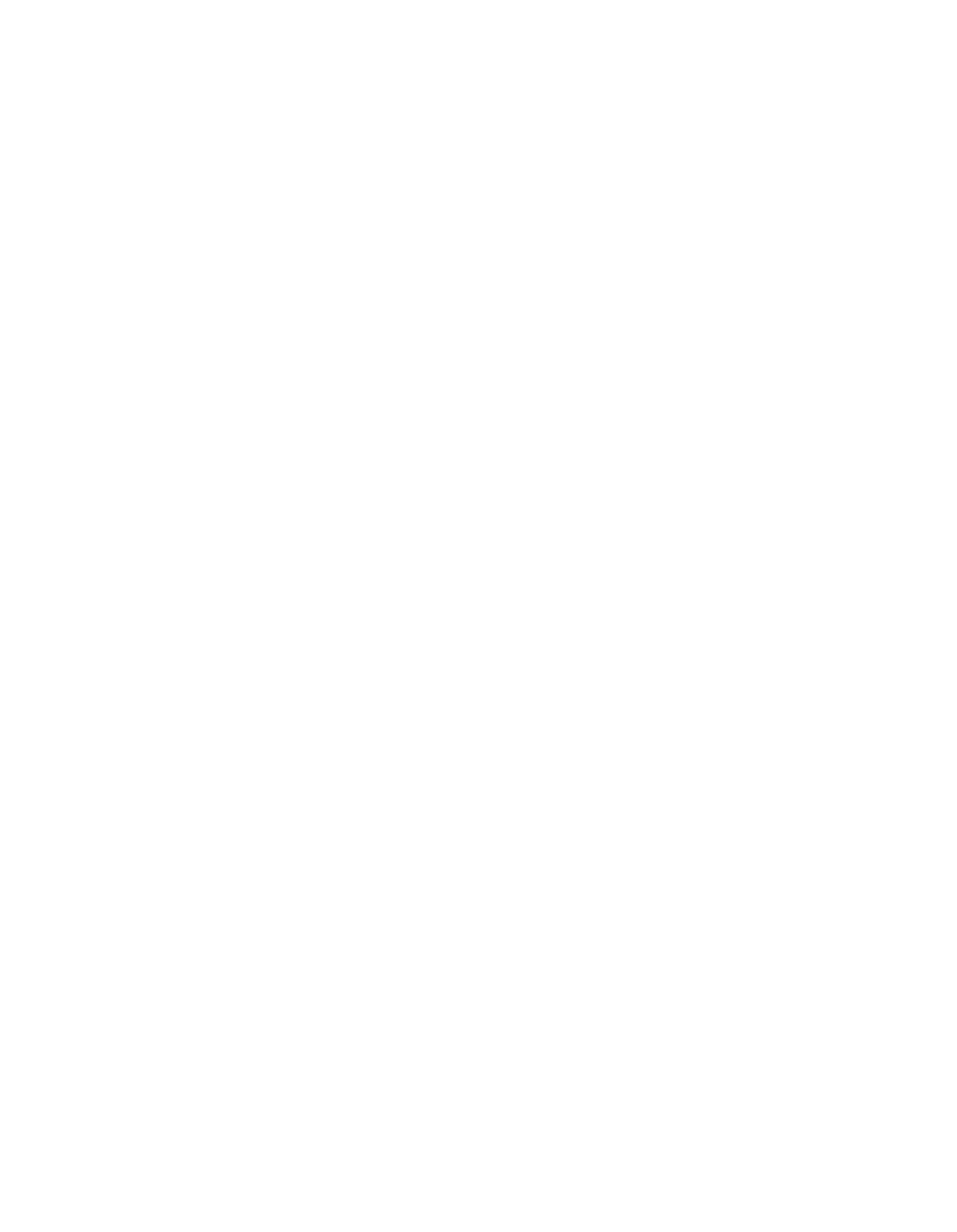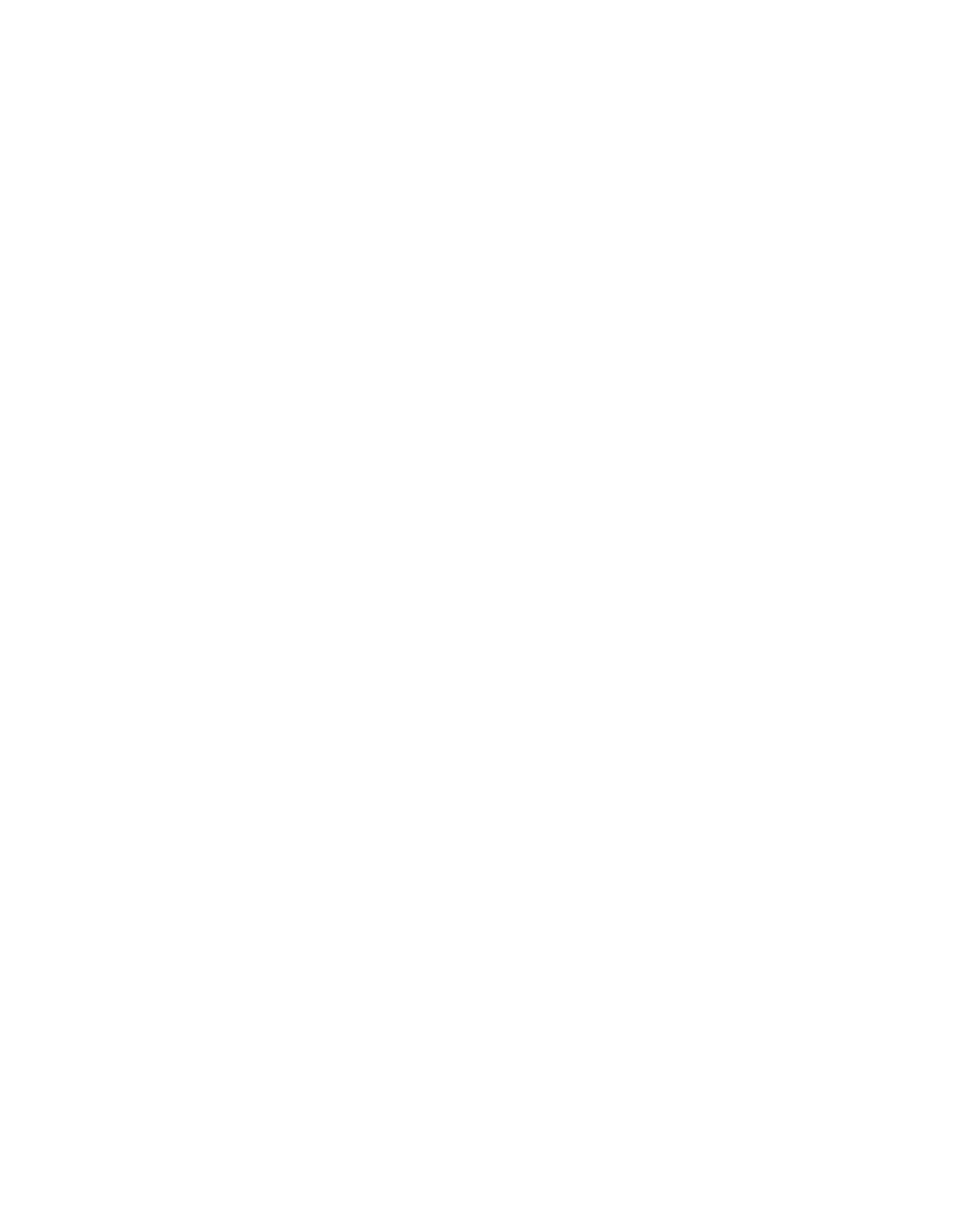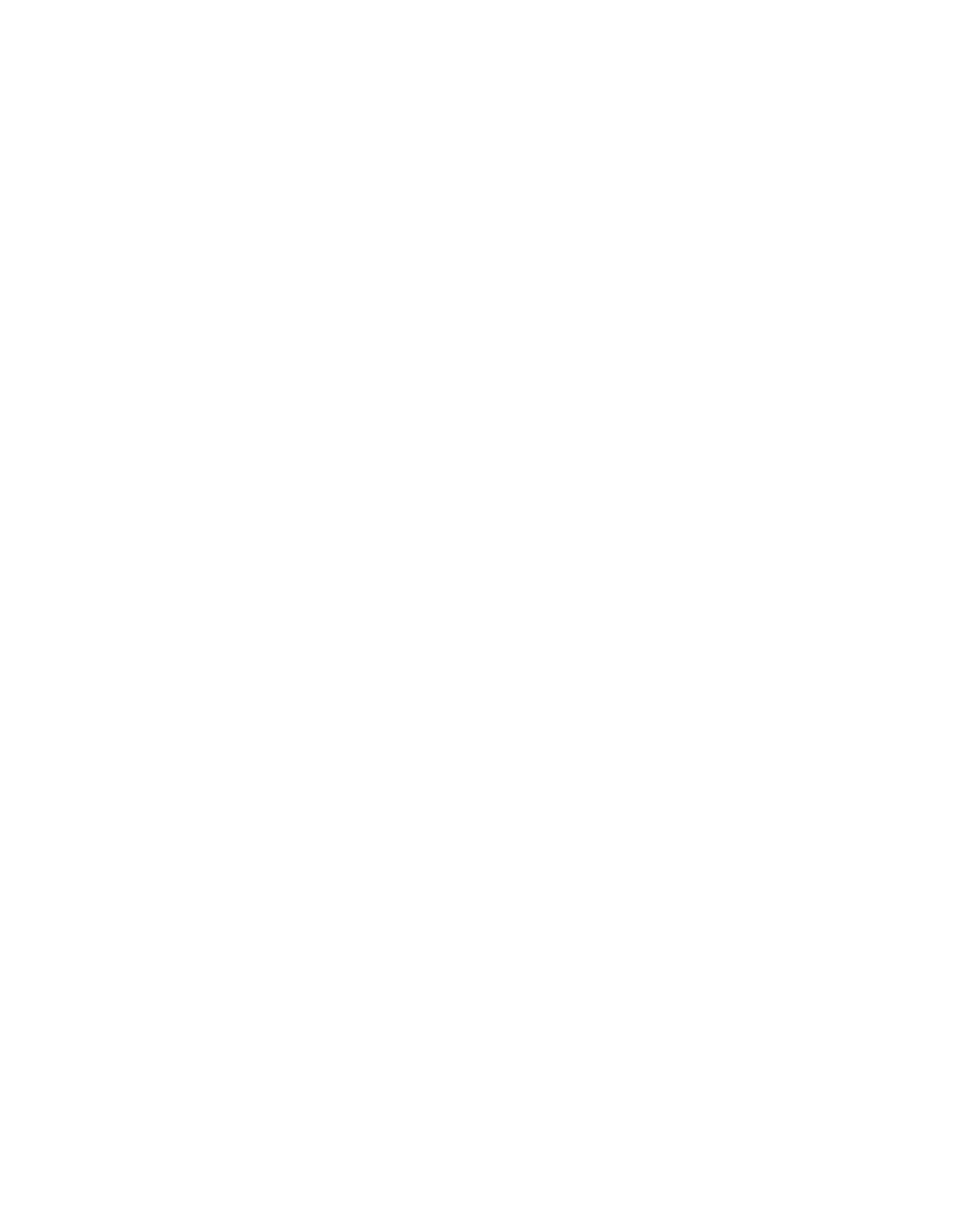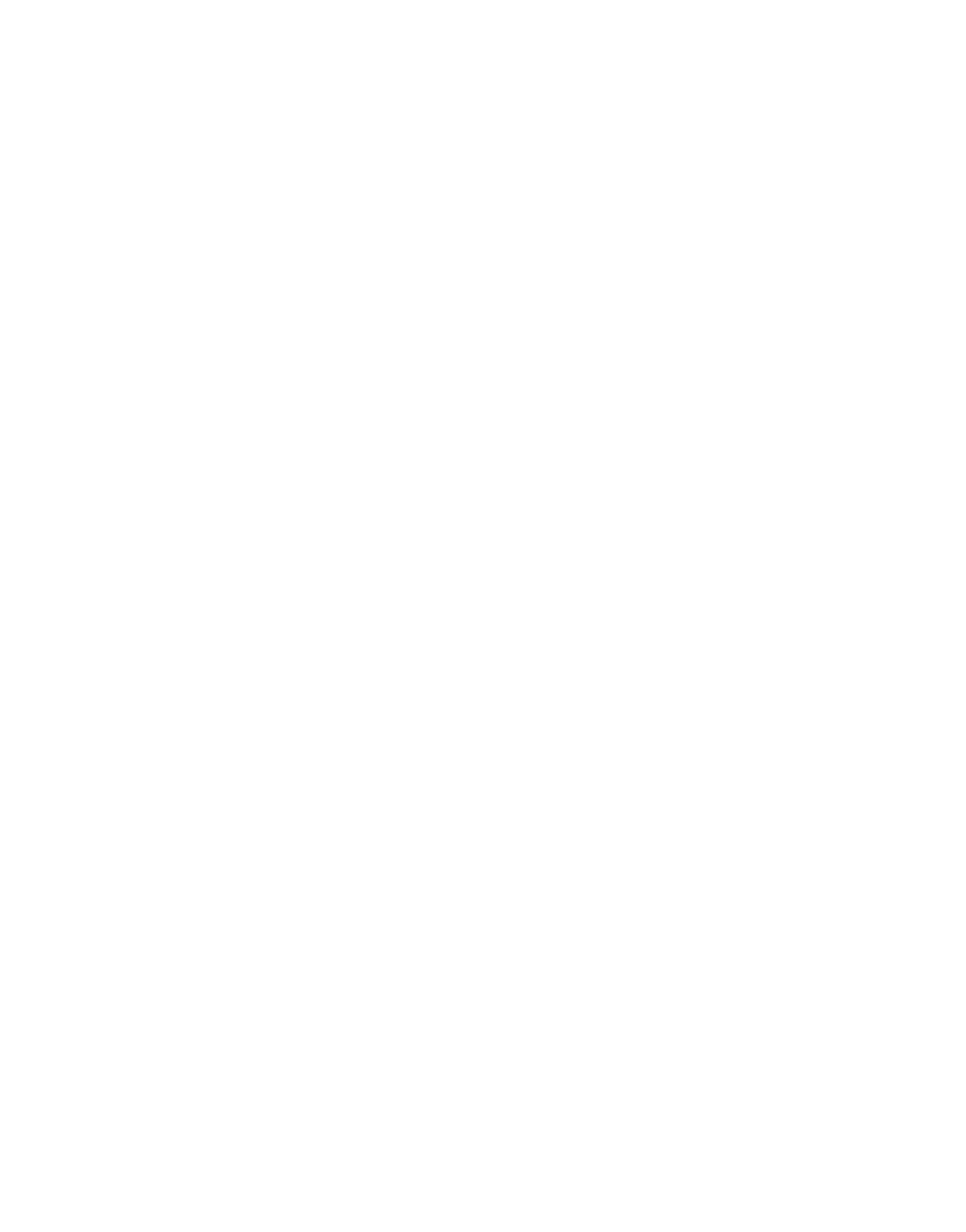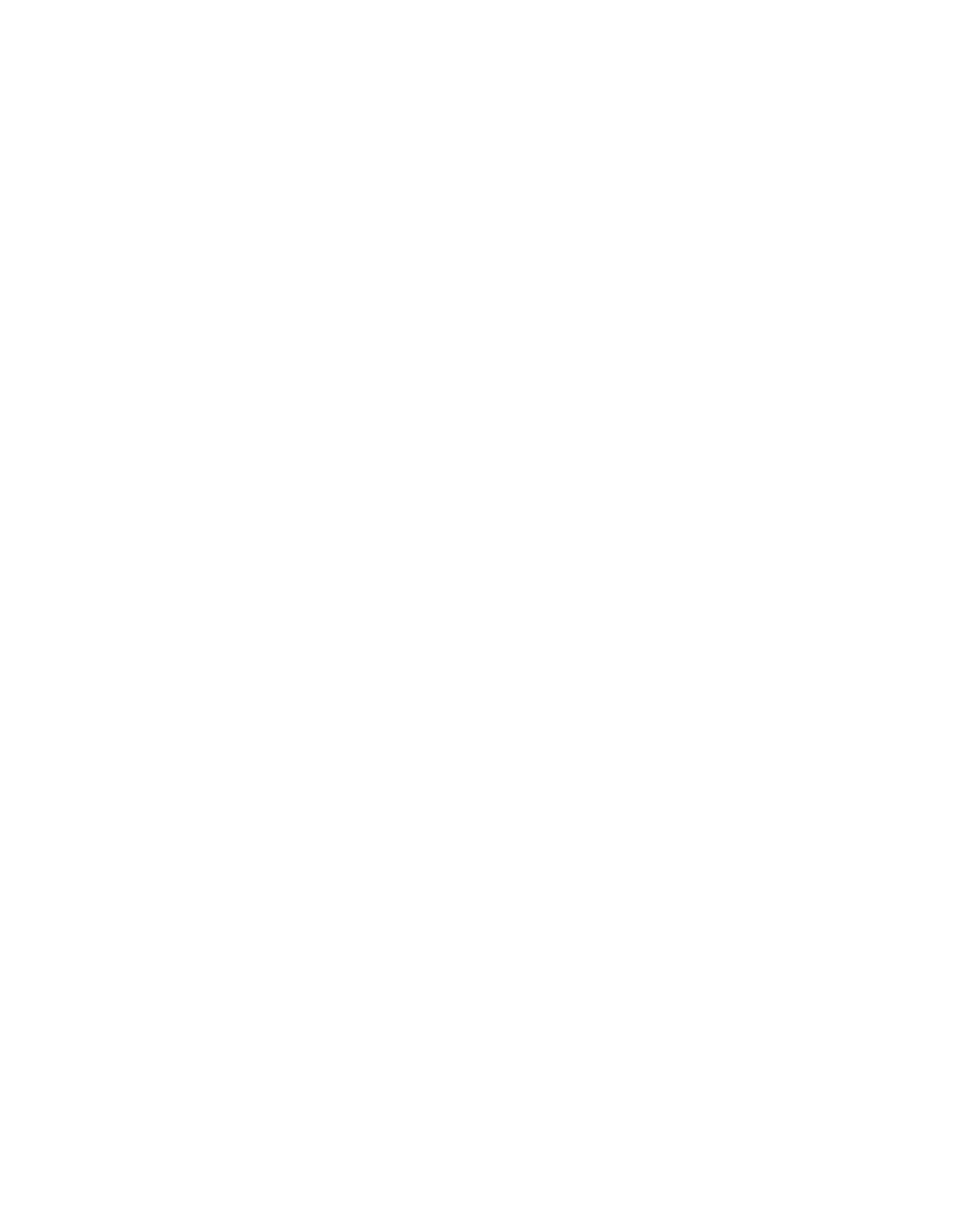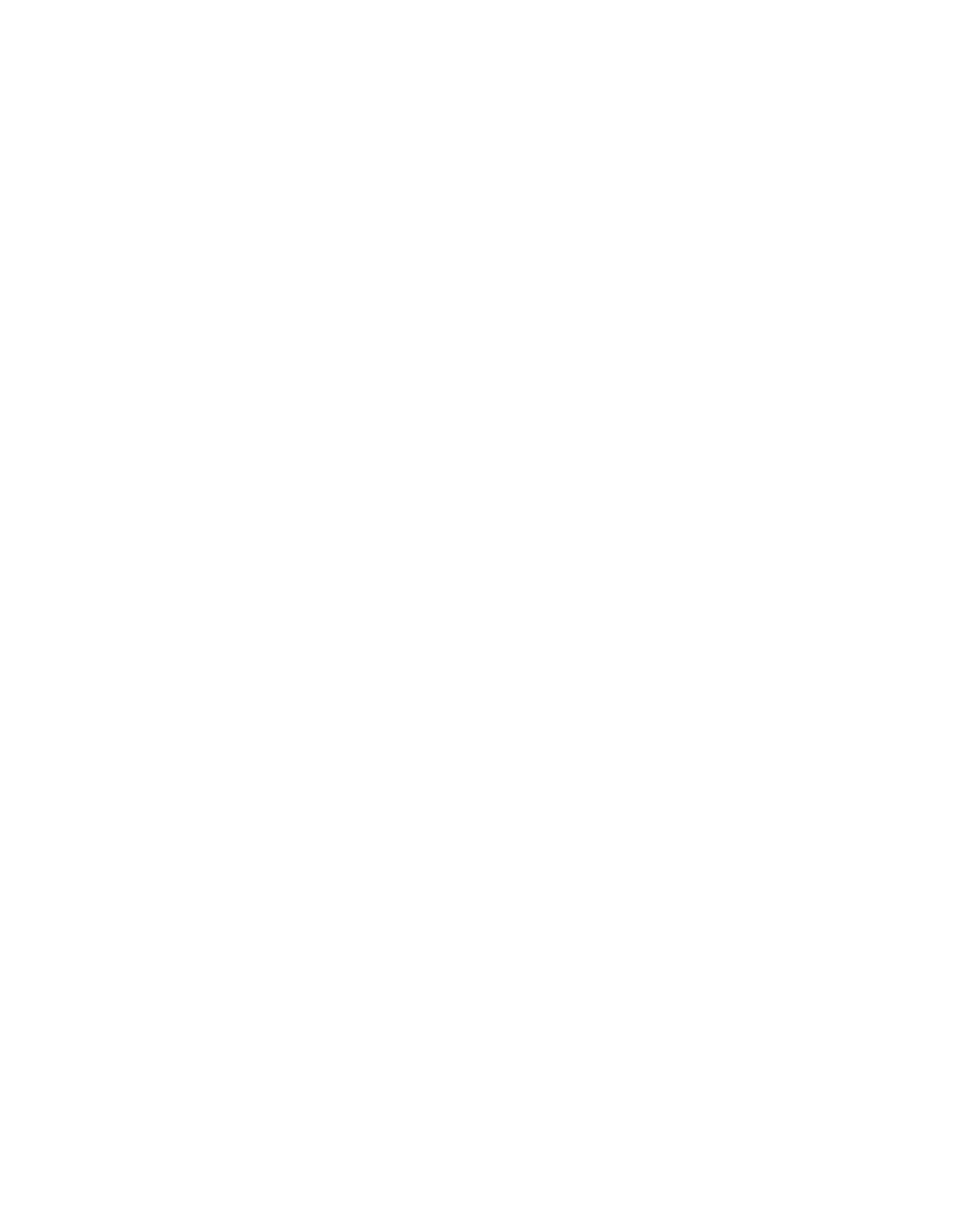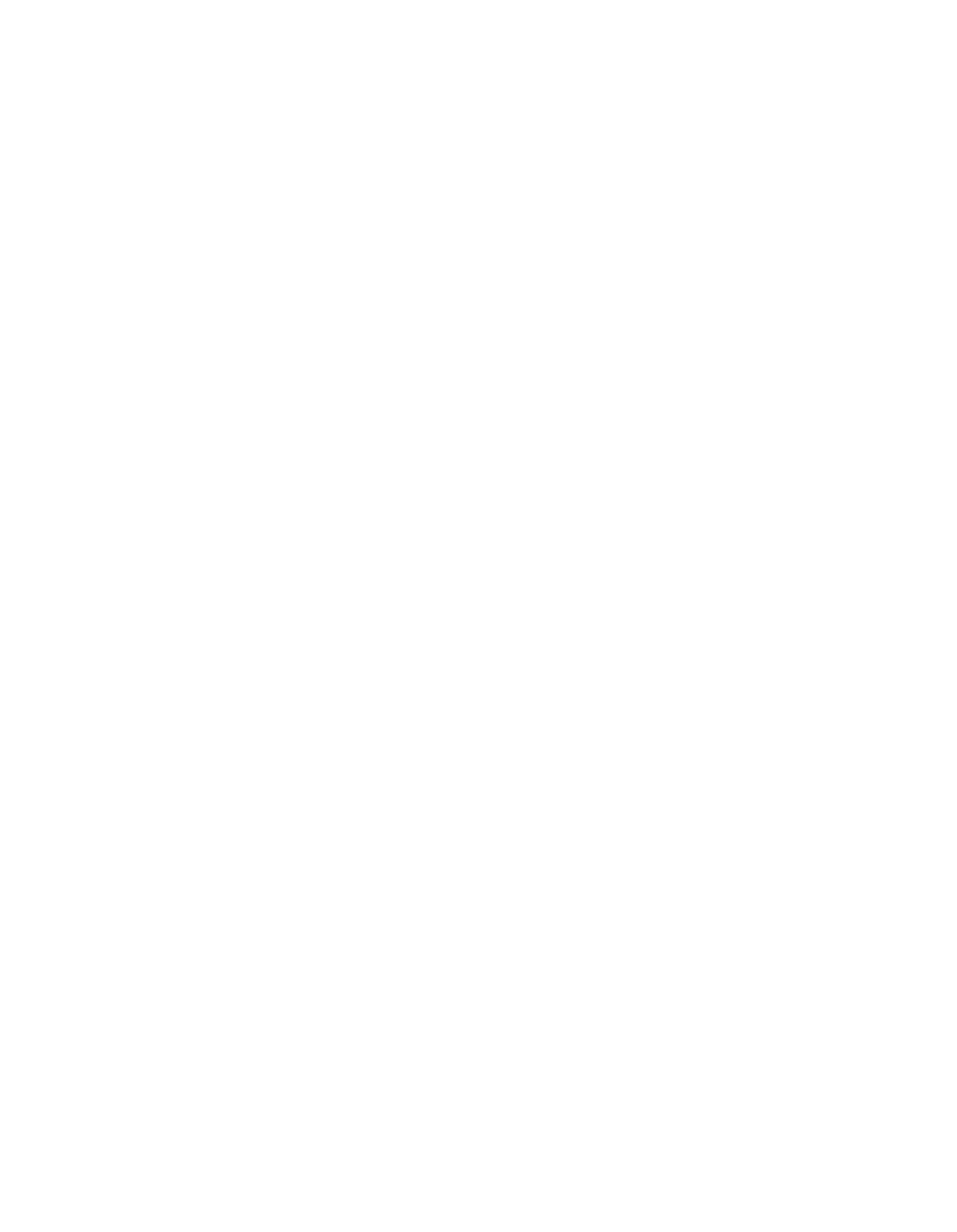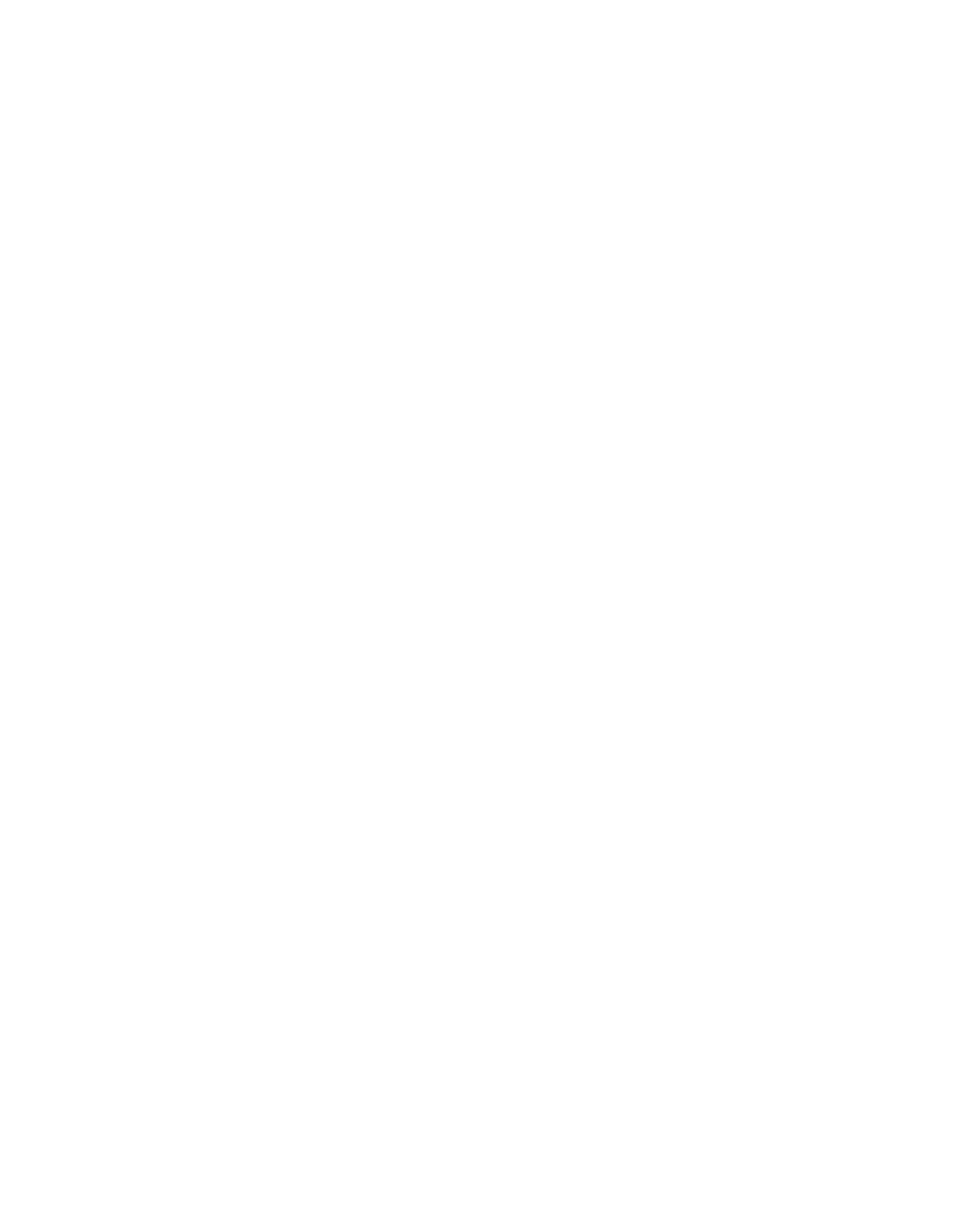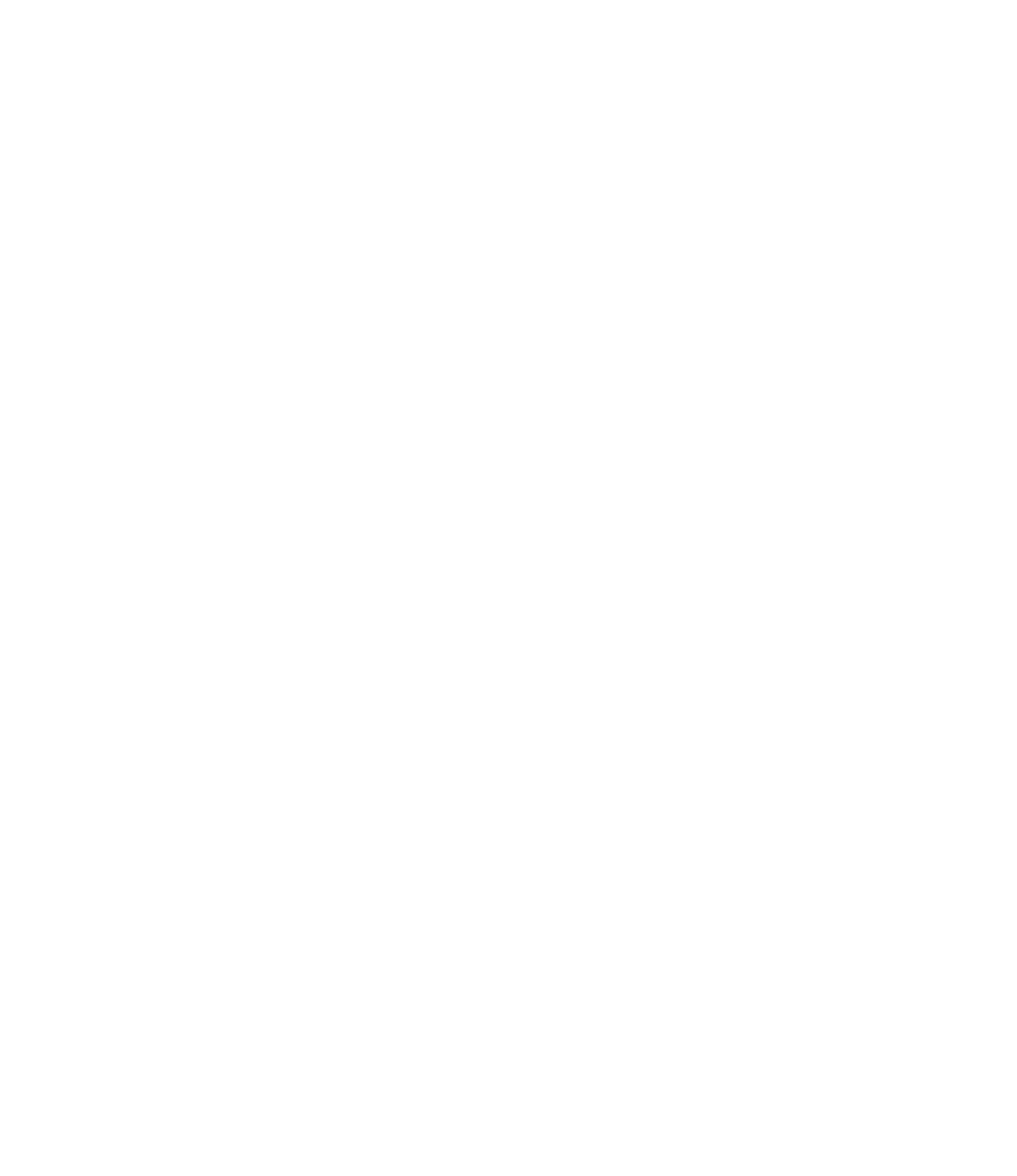ILLINOIS POLLUTION CONTROL BOARD
January
16, 1973
ENVIRONMENTAL PROTECTION AGENCY
~72—l80
v
NYSTIK TAPE, A DIVISION OF BORDEN,
INC.,
)
a New Jersey Corporation,
Qualified
To
Do Business
in Illinois
RICHARD W.
COSBY AND DOUGLAS
T. MORING,
ASST.
ATTORNEYS GENERAL,
ON BEHALF OF ENVIRONMENTAL PROTECTION AGENCY
JAMES
W.
KISSEL AND THOMAS
N. McMAHON
OF SIDLEY
& AUSTIN,
ON
BEHALF
OF RESPONDENT
OPINION AND ORDER OF THE BOARD
(BY SAMUEL
T.
LAWTON,
JR.):
Amended complaint was filed by the Environmental
Protection Agency
against Mystik Tape,
a corporate division of Borden,
Inc., Respondent,
alleging that Respondent’s plant has emitted odor—producing gases and
other contaminants and thereby caused air pollution
in violation of
Section
9(a)
of the Environmental
Protection Act and that Respondent
installed new equipment capable of causing or contributing
to air pollu-
tion or designed to prevent air pollution without having first obtained
permits from the Agency,
in violation of Section
9 (b)
of the Act and Rule
3-2.110 of the Rules and Regulations Governing the
Control of Air Pollu-
tion
(Air Rules)
-
We find that the evidence sustains the allegations
of the complaint with respect to the causing of air pollution as defined
in the Act and that Respondent has
failedtô
obtain permits
in violation
of the Act and the Air Rules.
We assess
a penalty for said violations
and require the institution of an abatement program, all as more fully
set forth below.
Before considering the merits of the case,
it is necessary to
dispose of certain procedural matters raised by the pleadings and
motions filed.
The Agency’s original complaint was filed on April
27,
1972.
On June 8, an amended complaint was filed without objection by
Respondent
to plead more specifically the assertions with regard to
the permit violations.
Odor and air pollution violations occurring
between July
1,
1970 and the date of the filing of the complaint were
asserted.
On August 30, the Agency filed a second amended complaint
alleging violation Of Section
9 (a)
“during the period beginning
July
1,
1970 and continuing each day of operation until the close of
the
record
herein.”
(Emphasis added).
To this,
Respondent objected
and moved that evidence of violation subsequent to June
8, 1972 be
excluded from the record.
The Hearing Officer permitted such evidence
d
—
503
to be presented during the hearing but referred the decision as to
its admissibility to the Board
(R.
481).
We grant respondent ‘s motion
in this respect.
Hearings were held on the First Amended Complaint on August 18,
19,
September
8,
16,
29, October
10 and 30,
1972.
The filing of a
Second Amended Complaint after the beginning of the hearings in the
form submitted presents a recurring issue that must be disposed of
for the protection of the interests of all parties concerned.
The
complainant has alleged violation of Section
9(a)
“continuing until
the close of the record”.
This would include violations subsequent
not only to the filing of the complaint but also beyond the commence-
ment of the hearings.
The admission of such evidence would create an
impossible burden for Respondent
in the preparation of its case.
Adequate preparation would be virtually impossible
if the parties are
expected to respond to unspecified events occurring subsequent
to the
initiation of the proceeding.
The Board
is being faced with increasing
frequency with pleadings alleging violations continuing “to the close
of the record.”
Sometimes,
as in the present case,
it
is
in the form
of an amendment to the complaint subsequent to the commencement of
hearings and justification for the practice, premised on the ability
to cause pleadings to conform to the proof.
However, even this is
questionable, because at the time of the pleading some of the alleged
events of violation may not have yet taken place.
The concept of allowing pleadings to be amended to conform to
proof was never intended to permit omnibus assertions of unspecified
violations that may occur in the future.
If events have taken place
since the original filing of the complaint that the Agency wishes
to
assert as violations, the Agency should move that the complaint be
amended to include those offenses before making proof of such violations.
The Respondent would then be forewarned of what it was being charged with
and would have an adequate opportunity to prepare its defense.
Shot-
gun assertions of future violations will no longer be tolerated.
This
does not foreclose some latitude in the showing of continuing violations
for purpose of imposition of penalties or promulgation of abatement
programs.
Likewise, while we do not look with favor upon generalized
allegations of violations
covering a specified period of time,
as dis-
tinguished from detailed specification of alleged offenses, such method
of pleading is not fatally defective if it relates to
a period in the
past.
Particularization needed by Respondent can be obtained by use
of pre—trial discovery processes
if it desires.
However, allegations
of offenses for periods projecting into the future will no longer
be tolerated.
For purposes of determining violation of the Act and
regulations in the present case, consideration of all allegations and
proof relating to periods beyond the filing of the amended complaint
will be excluded for purposes of determination of violation.
Allega-
tions and proof relating to periods prior to June 8,
1972,
the date of
the filing of the first ~amended complaint, will be the only allegations
considered by the Board for determination of violation.
Accordingly,
admission of the second amended complaint will be denied.
—2—
6
—
504
The Mystik Tape plant
is located in Northfield, Illinois.
The area surrounding the plant
is mixed residential,
industrial
and commercial with
a
high
school adjacent to the plant property.
In 1953,
the first plant, containing 23,000 square feet, was
constructed on a
20 acre tract.
Subsequently, additions
to the
plant were made as follows:
83,000 square feet in 1960,
82,000 square feet in 1964,
23,000 square feet in 1965 and
89,000 square feet in 1970
(R. 766—767)
.
In 1963,
seven acres
of Respondent’s property was condemned for construction of the
high school.
The high school buildings and playing fields lie
directly east of Respondent’s plant.
There is testimony that citizens were affected by noxious
odors emitted from the plant prior to 1970.
(R. 127-l3G)
.
Other
witnesses provided records indicating that there were numerous
days between January, 1970 and June
8, 1972 when they were aware
of noxious odors being emitted from the Mystik plant.
(R. 101-11,
211—39,
290—321,
321—369, 369—410,
410—448a, 448b—477, 622—690).
All witnesses identified the Mystik plant as the source of these
odors and were positive of the source.
They based their certainty
on wind direction, visual observation and inspection of surrounding
area.
They characterized the odor variously as “rubber or burning
rubber”
(R.
248),
“heavy or acrid like a new plastic object or
magic marker”
(R.
299),
“sweet and strong”
(R.
324),
“sickeningly
sweet and burning”
(R.
372),
“burning”
CR.
422),
“sharp, acrid,
smelling like burning adhesive”
(R.
457),
“sweet”
(R.
493),
“strong,
penetrating and pungent”
(R.
630-31).
The witnesses
described their reactions as changing from “feeling nauseated”
(R.
468)
to “having a burning sensation when inhaling”
(R.
422)
to causing
“watery eyes”
(R.
373)
to producing “headaches
arid
sore throats.”
The witnesses were able to characterize oth~r
sources of odor and differentiate them from that attributed to
respondent.
The odor prevented residents from using their yards
(R.
377)
and interfered with their indoor life when the windows
were open
(R.
296).
The odor did not appear to cause any property
damage or to force people to seek medical treatment.
However,
there
is no question that the odors interfered with the comfort
and enjoyment of life of the nearby residents, and constituted
a nuisance and violated Section
9
(a)
of. the act prohibiting the
causing of air pollution.
Respondent concedes that it emits odors from its plant but
disputes the effect of the pdors on those who live and work in
the surrounding area.
There has been correspondence between the
Respondent and the Village of Northfield respecting odors from
the plant
(Complainant’s Exhibits 15 through 19).
Further,
Respondent has met with citizens of the area and students from the
high school on one or more occasions
to assure them that the
Company was attempting to deal with the problem
CR. 117-119).
There is indication of improvement in the situation
ir recent months.
—3—
6
—
505
In 1970, Respondent installed
two
separate “odor counteractant”
devices on its facilities.
The purpose of the devices was to absorb
or counteract any of the odors that might be emanating from the pro-
cess
(R.
275).
A device known as Air-Chem was installed in the ex-
haust vent
CR.
281).
In August of 1970,
a device known as Chem-
Screen was installed on the roof
CR.
274), covering approximately
one—half of the roof area and intended to operate as an air—curtain
forcing any odors
to pass through a curtain of odor—counteractant
CR. 274-76).
The odor-counteractant material has an odor of its
own
(R.
278).
In early 1971, Respondent began installation of its
“No.
9
spreader”,
a coating line where adhesive is applied to a material
backing to create an adhesive tape
CR.
273).
Installation was
completed in October of 1971.
This spreader,
to be discussed in
greater detail below,
is presently responsible for over one—half
of
the production of the Mystik plant in square yards of pressure-
sensitive tape.
(R.
801).
Subsequent to the start of construction
of the No.
9 spreader, Respondent applied to the Agency for con-
struction permits for its No.
9 spreader and an oder—counteractant
device.
In October 1971,
the Agency denied both permits
CR.
49).
The
permit for the oder counteractant device was denied because the
Agency believed it was not intended to reduce or prevent odor but
only to perfume or mask the odor.
CR.
46).
The other permit was
denied because the Agency believed that the spreader was a potential
source of air pollution and therefore, needed an accompanying
pollution control device
CR.
52).
Correspondence between the Agency and the Respondent ensued
in which Respondent indicated its willingness to comply with any
criteria the Agency supplied.
CR.
58-60).
Respondent also
indicated that it believed it did not need a construction permit
for either device.
CR. 64-66).
The Agency stated that the operation
of the devices contributed
to air pollution and would violate the
Act,
and that technical information should be submitted on the
device’s operation.
The Agency also requested that calculations
and actual experimental
tests with technical reference be included.
CR. 66-67).
A subsequent meeting in Springfield took place between
the parties.
Another application for permit was filed for the
spreader which was denied on March
20, 1972
(R.
49),
because of
potential emissions from the new equipment.
(Complainant’s
Exhibits 4 and 5).
Respondent contends that a construction permit for the devices
described above is not necessary.
It
is Respondent’s posititon
that:
1.
The original Illinois Air Pollution Control Act does not
authorize any regulation in regard to air pollution control
devices such as the odor counteractant devices under
consideration.
—4—
6— 506
2.
Section
3-2.110
is
invalid
because
it requires permits
for air pollution control equipment which is not
authorized by the Air Pollution Control Act.
3.
Section
9
Cb)
of the Environmental Protection Act requires
permits for equipment designated by the Board regulations.
4.
Rule 103 of the Air Pollution Control Regulations being
the only applicable regulation applies only to specified
air contaminants
of which there is no proof of emissions
by Respondent.
We find the contentions of Respondent wholly lacking in
merit.
The power to regulate air pollution control devices has
been within the scope of powers of administering boards since the
promulgation of the Air Pollution Control Act.
This power has in
no way been diminished by the Environmental Protection Act or the
regulations of this Board.
Under the Air Pollution Control Act
(Chapter 111-1/2 Illinois
Revised Statute,
Section 240.2,the following definitions appear~
(a)
“Air contaminant”
is particulate matter,
dust,
fumes, gas,
mist,
smoke,
or vapor, or any combination thereof.
Cb)
“Air contaminant source”
is any and all sources of
emissions of air contaminants, whether privately or publicly owned
or operated.
Without limiting the generality
of the foregoing,
this term includes all types of business, commercial and industrial
plants, works, shops and stores, and heating and power plants and
stations, building and other structures of all types,
including
single and multiple family residences,
apartments, houses, office
buildings,
hotels, restaurants,
schools, hospitals,
churches and
other institutional buildings,
automobiles,
trucks,
tractors,
buses
and other motor vehicles,
garages and vending and service locations
and stations,
railroad locomotives,
ships, boats and other water-
borne craft, portable fuel—burning equipment,
incinerators of all
types, indoor and outdoor, refuse dumps and piles, and all stack
and other chimney outlets from any of the foregoing.
Cc)
“Air
Pollution”
is
presence
in
the
out—door
atmosphere
of
one
or
more
air
contaminants
in
sufficient
quantities
and
of
such
characteristics and duration as to be injurious to human, plant or
animal life or to property,
or which unreasonably interfere with
the
enjoyment of life and property.
Section 240.5 provided as follows:
“It is the intent a,nd purpose of this Act to maintain purity of
the air resources of the State consistent with the protection of the
normal health,
general welfare and physical property of the people,
—5—
6— 507
maximum
employment
and
the
full
industrial
development of the
State.
The Board shall seek the accomplishment of these objectives
through the prevention, abatement and control of air pollution by
all practical and economically feasible methods.”
From the foregoing statutory provisions, it is clear that the odor
producing facilities of Respondent and specifically,
its spreader
equipment,
stacks and other sources of emission, constitute air con-
taminant sources.
The installation of odor abatement equipment on
such sources becomes an inherent part of the sources.
The totality
of the equipment,
stack or emission source constitutes~installation
of new equipment capable of becoming a source of pollution.
Section
240.5-1.2 permits adoption of regulations consistent with the general
intent and purposes of the Act which include, but are not limited to,
installation of new equipment capable of becoming a source of air
pollution.
Improperly installed or operating abatement equipment
on an air contaminant source could become a source of air pollution.
Section 3-2.110 of the Air Rules adopted pursuant to statutory
authority provides as follows:
“A permit shall be required from the Technical Secretary for
installation or construction of new equipment capable of emitting
air contaminants
to the atmosphere and any new equipment intended for
eliminating, reducing or controlling emission of air contaminants.”
This provision
is
in implementation of the foregoing statutory
provisions and expressly provides for the installation of new equip-
ment intended for the eliminating, reducing or controlling of air
contaminant emissions.
Section 9Cb) of the Environmental Protection Act provides that
no
person
shall:
“Construct, install,
or operate any equipment,
facility, vehicle,
vessel or aircraft capable of causing or contributing to air pollution
or designed to prevent air pollution of any type designated by Board
regulations, without a permit granted by the Agency,
or in violation
of any conditions imposed by such permit.”
Section
49 Cc)
of the Act keeps in force and effect all pre-
vious regulations of the Air Pollution Control Board, including those
presently under consideration until repealed, amended, or superceded
by new regulations.
Installation of the equipment with respect to
which violations are asserted pre-dated the new air pollution regulations,
and arguments that the new Regulation 103 supercedes Section 3-2.110
even if correct,
would not be available to Respondent for installations
having taken place prior to the effective date of this regulation.
Likewise, while it is not controlling to the case,
the odor counterac—
tant installations are themselves capable of emitting odors which would
—6—
6
—
508
make them potential sources of air pollution,
and, accordingly,
subject to the provisions of the regulation.
Accordingly, we find that
Respondent’s
failure to obtain permits for the installation of the odor
abatement equipment constituted a violation of Air Rules, Section 3—2.
110 and Section 9(b) of the Act.
Respondent made application to the
Agency for permit covering its odor abatement devices in apparent recog-
ition that permits were required for these devices under the relevant
ules and statutory provisions.
Once having pursued the permit process,
~espondent should have continued with it pursuant to the statutory
framework.
After having received a rejection of the permit applications
y the Agency, Respondent should have appealed the decision to the Board.
E’his would have properly brought the issue before the Board for deter-
nination as to whether the Agency’s position was correct and conceivably
resulted in an agreement as
to the cause and source of the odor.
Respon—
sent’s failure to follow the statutory procedures suspended the ultimate
determination an inordinate length of time and led to the events that
culminated in the present proceeding.
Respondent is in the midst of a program which will result in the
replacement of all photo-chemically reactant solvents by June of 1973
(R.
1090)
.
All odor counteractant devices have been shut down.
Odor
counteractants are being mixed into the adhesive process to achieve a
stoichiometrically balanced reaction
(R. 1138).
In addition, Respondent
is developing
a
“hot melt”
process which would use no solvents
(R. 1091).
It believes that this process would provide substantial savings if the
process
is implemented.
The preceeding makes plain that the Company has been aware of the
existence of the odor problem for a substantial period of time.
It has
attempted,
and is attempting, to cope with the problem by a variety of
methods.
Good faith has been demonstrated in this respect.
Respondent’s technical expert, a chemical engineer now employed
as Environmental Engineering Manager for the parent corporation, testi-
fied
that
the odor problem has been isolated.
Six basic tapes were
found to be stronger in odor than other basic tapes by a significant
margin
(R.
1119).
Particular processes that have been a source of the
odor have been isolated,
namely, the cure zones of the higher temperature
zones of the ovens and in some cases, the release coat zones
(R. 1071—
72).
Respondent’s expert is responsible for the implementation of all
environmental control activities at the plant
CR. 954—56).
He has testi-
fied that the parent corporation,
Borden,
Inc., will proceed with odor
abatement regardless of the outcome of this proceeding.(R.985).
He
disputes the Agency’s evidence that the odor problems emanate from the
solvents used in the tape-making process
(H.
1067).
Solvents
with
low
odor
thresholds,
toluene,
xylene
and
ethanol
are
to
be
replaced completel~
by
June
of
1973
(.R.
1090)
—7—
6
—
509
Respondent introduced testimony that incineration can achieve
a measureable improvement
in the odor problem
(R.
1136).
The
necessary equipment,
installation costs and operating expenditures
have
all been carefully calculated
(R.
1058, and following).
All
tapes which Respondent believes are responsible for the odor
emissions can be run on one spreader and thereby reduce the
necessary odor abatement equipment
(B.
1120)
.
Respondent believes
that
if
all of
those tapes were
run on the No.
9 spreader,
and if
an incinerator
is installed on that line,
“...it would reduce the
strength of odors significantly below any detectible levels at
ground levels”.
(R.
1120).
The Respondent’s odor emissions have violated Section
9
Ca)
of the Act.
While Respondent
has
conscientiously pursued various
methods of alleviating the problem there is
no question that the
emissions have created a burden on the community and have
resulted in air Dollution.
We
will direct Respondent to submit
a program to alleviate this condition.
This procedure has proven
most effective in abating odors and has
bCCfl
ordered in similar
cases.
See Environmental Protection Agency v.
Teepak,
Inc.,
~72-8l
(November 8,
1972)
3
PCB and Environmental Protection Agency
v. Union Carbide Corporation,
~72-54
(OcLober
3,
1972)
5 PCB
We
order Respondent
to submit to the Board and the Agency within
45 days,
a plan for odor abatement at the Northfield facility.
The
program shall result in the complete abatement of the odor nuisance
as soon as possible and in no case later than June 1,
1973.
We
note that many odor control techniques exist of which the Respondent
has mentioned process modification and incineration
as having
a high
probability of success.
Since process modification
is being
explored by Respondent
as a means of reducing photoreactive
hydrocarbon emissions,
it should be possible to achieve both odor
and hydrocarbon emission control by
this date.
This order, however,
does not hold the Respondent
to
a particular method ;~orreducing
odors and all possibilities should be explored in order to achieve
the desired goal.
We find that Respondent,
by
its installation and operation
of
No.
9 spreader without a permit, violated Sec.
9(b)
of the
Environmental Protection Act and Rule 3-2.110 of the Air Pollution
Control Regulations.
We
find that Respondent’s installation of
the odor counteractant devices without a permit, being equipment
designed to prevent air pollution, violated Section 9~b)and Rule
3-2.110 of the Air Pollution Control Regulations.
A
penalty in the
amount
of
$3,500
is
imposed
for
violations
of the statute and Rules above set forth.
As we stated in
Environmental Protection Agency v.
George E. Hoffman & Sons,
Inc.,
~7l-300
(December 12,
1972)
6 PCB
:“It is only by the permit
process that the proper location and operation of a plant of this
character can be determined and adequate equipment be installed to
achieve compliance with the law.”
—8—
6—510
Compliance
with
the
requested
procedures
would
have
gone
far
in
the
elimination
of
odors
and
nuisance
found
to
have
resulted
without
the
need
for
the
institution of this proceeding.
This
opinion
constitutes
the findings of fact and conclusions of
law
of
the
Board.
IT
IS
THE
ORDER
of
the
Pollution
Control
Board:
1.
Respondent,
Nystik
Tape,
a
Division
of
Borden,
Inc.,
is
found
to
be
in
violation
of
Sections
9(a)
and
9(b)
of
the Act and Rule
3-2.110
of
the
Air
Pollution
Control
Regulations.
Penalty in the amount of $3,500
is assessed
against
Mystik
Tape
and
Borden,
Inc.
for
the
aforesaid
violation.
Payments
shall be made by February
21,
1973,
by check or money order to Fiscal Services Division,
Environmental
Protection
Agency,
2200
Churchill
Drive,
Springfield,
Illinois 62706.
2.
Within 45 days from the date hereof, Mystik Tape and
Borden,
Inc.
shall
submit
to
the
Board
and
Agency,
a
pro-
gram for the abatement of air pollution and nuisance caused
by its facility as demonstrated by the record in this pro-
ceeding.
The program shall result in the complete abatement
of the odor nuisance as soon as possible and in no case later
than June 1,
1973.
The Agency shall evaluate the program
so submitted and submit its report thereon to the Board
within
:is days after receipt thereof.
The Board retains
jurisdiction of this cause for such other and further orders
as may be appropriate.
3.
Respondent shall post with the Environmental Protection
Agency, within
60 days from the date of this Order,
a bond
or other security in the amount of $100,000,
in form satis-
factory to the Agency, which shall secure installation and
operation of all facilities and abatement equipment to be
installed and operated by Respondent pursuant to the program
and installation schedules required to be submitted pursuant
to paragraph
2 of this Order.The bond shall be mailed to:
Fiscal Services Division, Environmental Protection Agency,
2200 Churchill Drive,
Springfield, Illinois 62706.
I, Christan Moffett, Clerk of the Illinois Pollution Control Boaçd,
certify that the above Opinion and Order was adopted on the
/CL,~’1
day of
~
,
1973,
by
a
vote
of
.3
to
,
~
—9—
6—511
S
S
